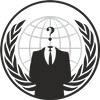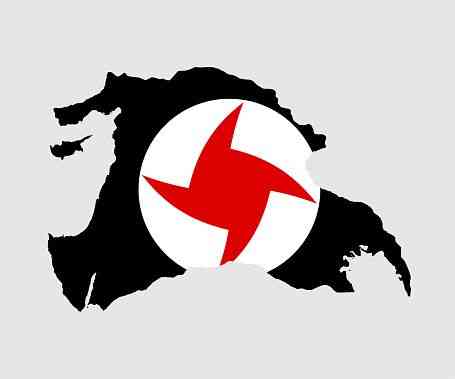The Region Of Fertile Crescent:
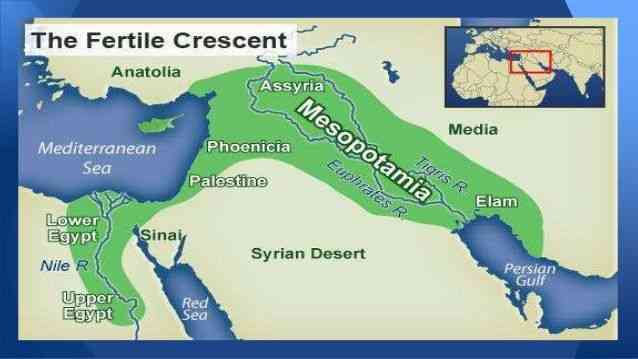
The Fertile Crescent is the region that includes the Levant, and Mesopotamia (IRAQ). This region witnessed what is considered to be the most ancient civilizations such as the Sumerians, Assyrians, Phoenicians, Umayyads Caliphate, and the Abbasids Caliphate of the world and the most important. Syria, Lebanon, Palestine, Iraq, Jordan, Cyprus, Kuwait, Sinai ( Egypt ). The term was coined by James Henry Breasted, an archaeologist from the University of Chicago, around 1900. This designation was also used by Anton Saadeh, founder and leader of the Syrian National Social Party, which calls for the unity of the Syrian homeland, which is the Fertile Crescent.
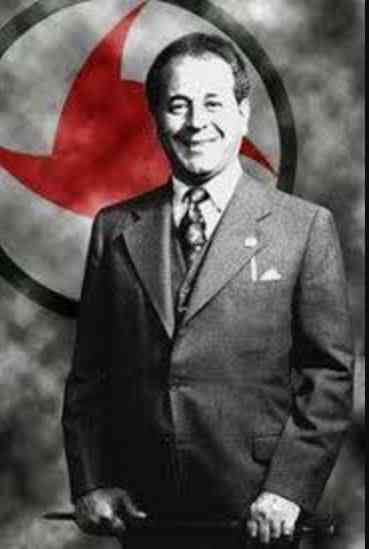
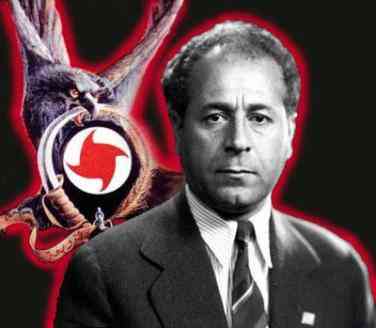
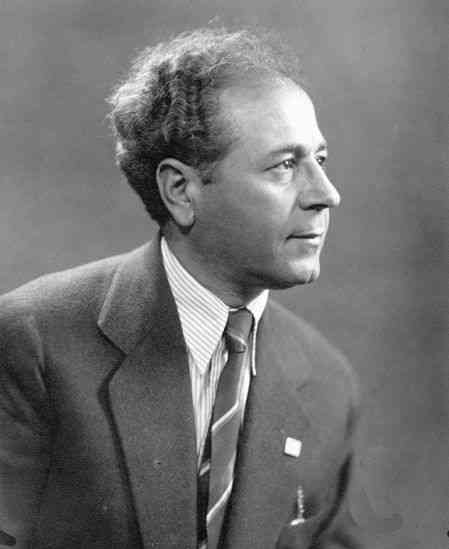
Greater Syria project and the dream of foundation:
Greater Syria Project By The National Social Syrian Group is a term also known in the historical context of the Levant (Sham Region), or Syria as it was known at the beginning of the 20 century, or the Syrian countries or the Syrian Federation, denoting historical unity in the Levant (Sham) region bordering the Mediterranean sea, Currently it includes the following countries: Syria, Jordan, Iraq, and Palestine, in addition to Lebanon, Kuwait and Cyprus Island. Greater Syria also includes parts annexed to neighboring countries such as the Iskenderun Brigade (currently Hatay Province in Turkey Located In South Of Turkey ), the northern Syrian territories that were added to Turkey after the Treaty of Lausanne and Ahwaz ( Most Of Them Are Arabs In Ahwaz) in Iran and the Sinai Peninsula in Egypt, and part of the influential desert in northern Saudi Arabia ( North Territories ). The area is also known as the [Syrian Levant _ Fertile Crescent].

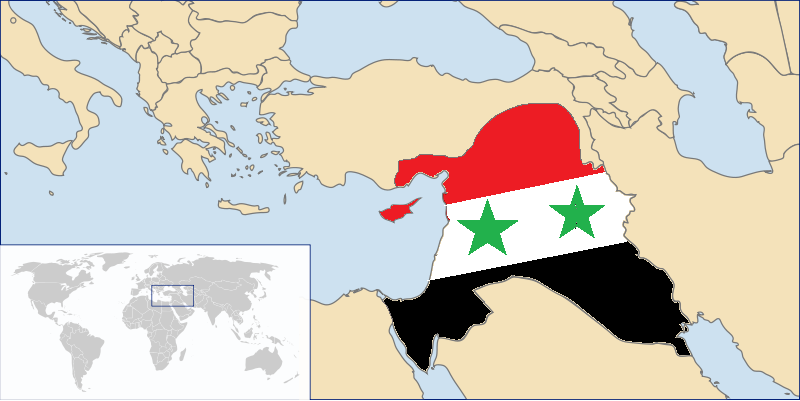
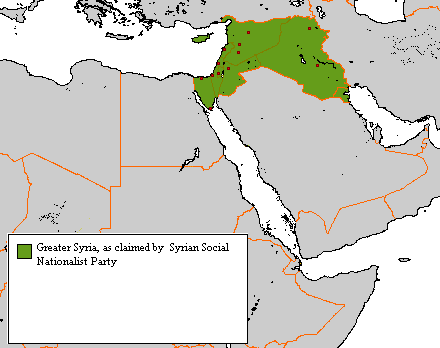
Syrian Social Nationalist Party Movement And Natural Syria:
The Syrian Social Nationalist Party calls for the greater unity of Syria. The party's doctrine considers that the Syrian land includes Cilicia, the Levant, the Sinai, Cyprus, Iraq, Ahwaz, and Kuwait, and extends south in the Badia Al-Sham (Syrian Desert) to Tabuk, Tayma, and Al-Jawf (North Of Saudi Arabia Territories). The Syrian nationalists consider the fertile crescent as a coherent geographical unit and a fused human unity from the one Syrian people, including the Arabs.
The latter carry standard features of the Syrian personality. The Syrian land is the cradle of human civilization that dates back to the tenth millennium before birth. The civilizations of the Sumerians ( IRAQ ), the Canaanites / Phoenicians, the Assyrians ( North Of SYRIA And IRAQ ), the Chaldeans, the Syrians, the Medes, the Hittites (Hatay), the Babylonians ( South Of IRAQ), the Arameans, the Nabateans, and many ancient civilizations came to life on Syria's land, as well as known prosperous periods in Greek and Roman and in the Syrian social doctrine developed by a founder in the Syrian National Party The social, Anton Saadeh, Natural Syria is considered the geographical environment in which the Syrian nation evolved.
He referred to what he thought a distinct region with natural borders, and described it as extending from Taurus in the northwest and the Zagros Mountains in the northeast to the Suez Canal (Egyptian Canal ) and the Red Sea in the south and includes the Sinai Peninsula and the Gulf of Aqaba ( Jordan ), and from the Mediterranean or the Syrian Sea in the west including Cyprus, To the arc of the Arabian desert that reaches Tabuk, Al-Jawf and the Arabian Gulf, which includes even the southern parts of Iraq and Kuwait in the east.
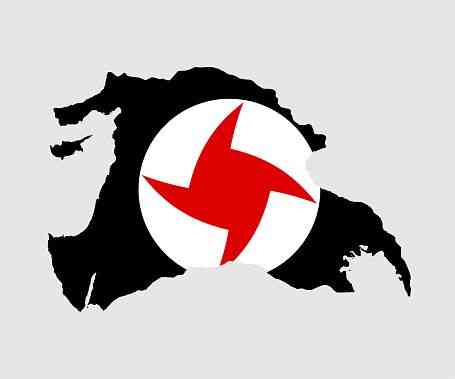
Syrian & Arab nationalism:
Syrian nationalism is not hostile to Arabism. Instead, it is a very proud Syrian project within the more extensive Arab space. The most magnificent times of Syria were when it embraced the center of the fourth and final adult caliphate in the Syrian Kufa. Damascus was the center of the caliphate of the Umayyad Caliphate and Al-Anbar (Anbar Is In The West Of IRAQ). Baghdad was the center of the Hashemite caliphate of the Abbasid Caliphate. Syria includes the oldest inhabited capital in the world, which is Damascus, and it also consists of the most fertile land in the world, the marshes in southern Iraq, and is rich in oil, gas, minerals, livestock, and water.
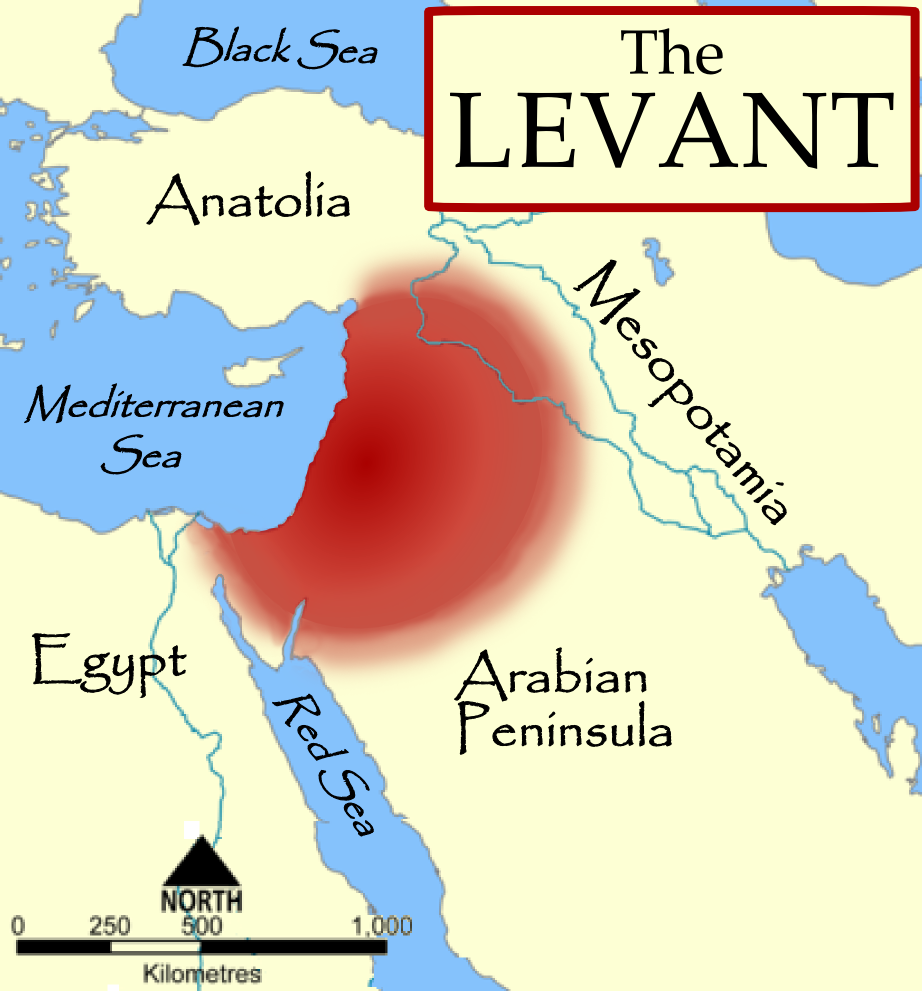

The separation of the northern Syrian provinces From Levant:
The northern Syrian areas are regions of north Syria that were annexed to Turkey under the Treaty of Lausanne in 1923 between Turkey on the one hand and Britain and France on the other side because of the power of the Turkish state at that time. The new treaty came as an amendment to the Treaty of Sevres in the 1920s that followed the First World War and which defined Turkey's borders with its neighbors and included a significant reduction of Turkey's area compared to the lands of the Ottoman Empire.
These regions include from the west to the east the cities and regions of Mersin, Tarsus, Cilicia, Adana, Enantas, Kilch, Marfa, Urfa, Haran, Diyarbakir (Most Famous Province In South Of Turkey), Mardin, Nusaybin and size). Still, Greater Syria includes those areas in addition to the island of Cyprus (Including The North And The South Of Cyprus), which Turkey and Greece ordered to occupy, knowing that that island was Within the Syrian rule, But because of the two states ’borders, and Turkey’s control by force of the northern regions in Syria, Turkey and Greece were able to occupy this island.
The Syrians alienated from it, and the percentage of Syrians in Cyprus still exceeds forty percent 40% of the population, and the rate of using the Arabic language reached at the end of 2010 to 35% percent or slightly more, despite the attempts of the Turks to eliminate the Syrian culture rooted there, but they failed to do so.
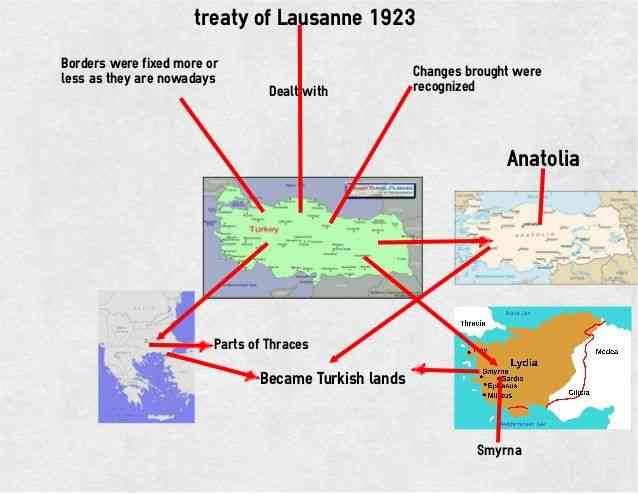
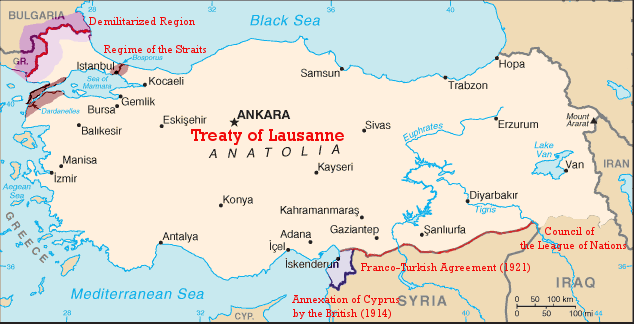
Separating Lebanon from the Syrian Union (Levant Union):
The French Troops entered Syria shortly after the First World War and separated the natural coast of Damascus (Beirut:- Capital Of Lebanon Now) and attached it to the Mount Lebanon bank, which led to the shrinking of the Syrian domain. This move was met with Islamic refusal because it made Muslims in Lebanon a minority after they were a majority in addition to their adherence to the greater Syrian homeland, and because they were rejecting the French mandate as a rule of a foreign European country (Colonization). But to this day, after the creation of Lebanon, it is still a fact in natural Syria that many people wish, especially that Lebanon is a small entity that still depends on the Levant in many fields, which justifies the unity of the two entities.
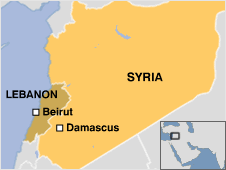

Alexandron (North-West Syria) (South Mid Turkey) Brigade:
The Sanjak of Alexandretta (Turkish administrative division) was the historic seaport of Aleppo, a Syrian province that was annexed to Turkey on November 29, 1939, but Syria never officially recognized this. However, it placed in the category of a thousand Syrian pounds (unfortunately) a map that does not contain the Sanjak of Alexandretta (Province). Six 1921 the Turks made up less than 20 percent of the population in the region, but the French policy aligned with the Turks, and the old planning to take off the brigade to pleaseAtaturkian rule, in the desire to reduce the losses of the Treaty of Sevres, established a convincing Turkish policy during the French Mandate in the 1920s.
And with the separation of the region according to the decision of the League of Nations, the population of the brigade was 220 thousand people, 105 thousand of them are Arabs. The rest were distributed then to the Turkish (85 Thousand - 85K), Kurdish (25 Thousand - 25K) and Armenian (5 Thousand - 5K) currently, the region inhabits about one million people, there is no census of the Arab percentage of its population due to the repressive Turkish policy of the national minorities ( Ottoman Empire ERA) in the past (Ottoman Caliphate system). But the Arabs have the right to maintain their language there. The region complained of cultural, linguistic and ethnic oppression practiced by Turkey against them and discrimination against the Arab minority in favor of the Turkish race, but this must end because it is never right, that this land is Syrian land and no one can Forfeiting a seed of dust or a drop of Alexandron Sanjak (Brigade) water (Joint between Turkey and Syria).

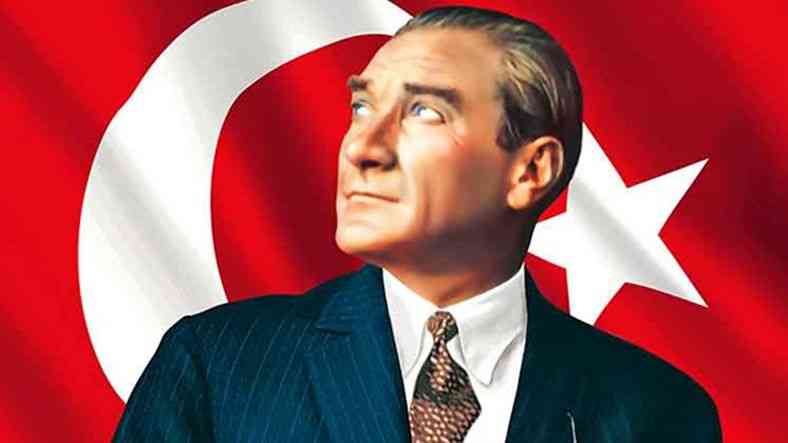
Thanks For Reading, I Hope You Enjoyed
~EnRi
